"Little Women": a story more than 100 years ago, still a pioneer today
I haven't read "Little Women" in the original book, and I haven't seen the other movie versions of "Little Women", but that doesn't stop me from looking forward to seeing this movie.
The reason is very simple, the 2019 version of "Little Women" is really a fairy lineup. The protagonists Saoirse Ronan and Sweet Tea Timothée Chalamet are both my favorite actors. With the cameo of Aunt May, and the blessing of Greta Gerwig, the director who stunned Oscar with "Miss Bird", the facade of the movie has already been hung with "good-looking" two words.
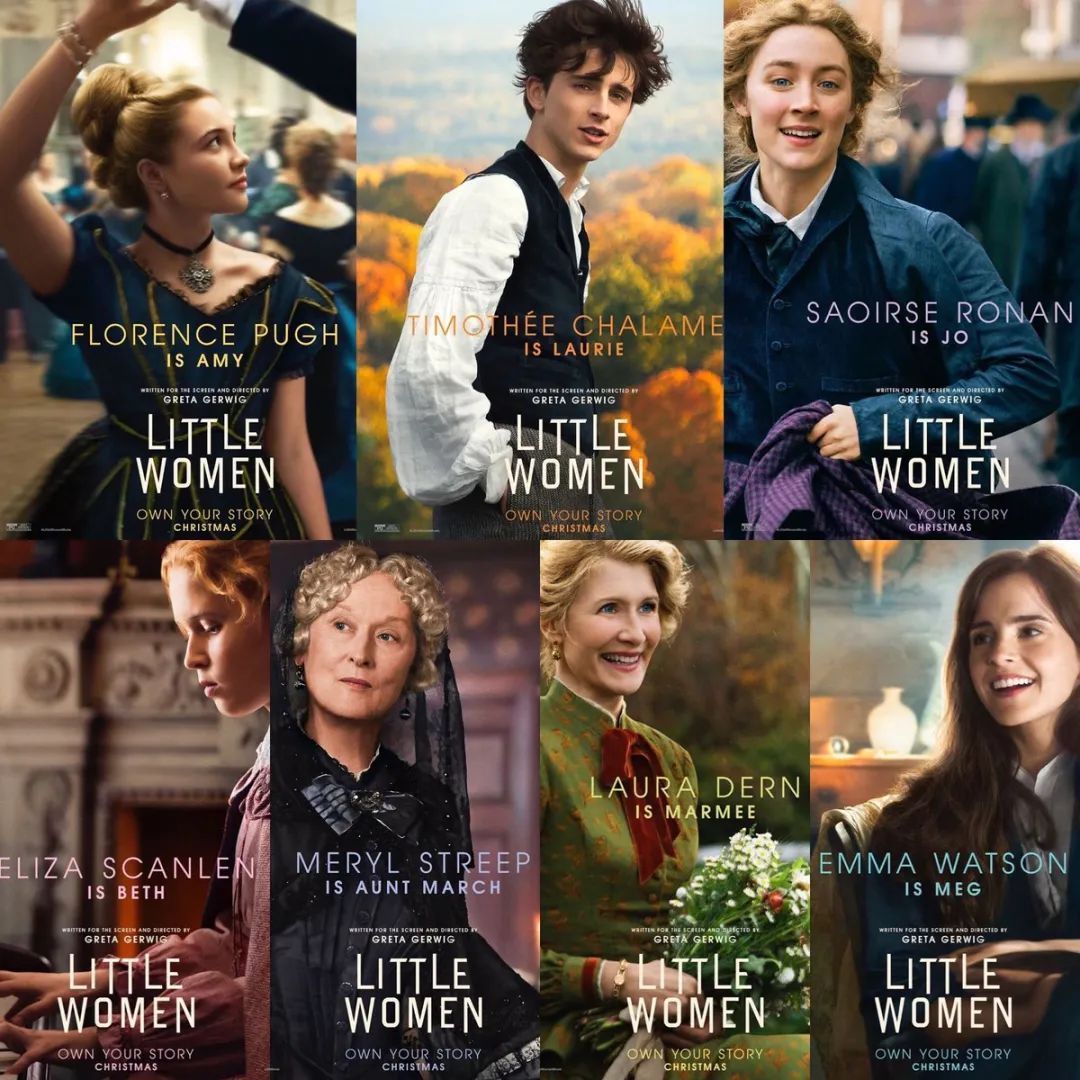
"Little Women" is adapted from the 1868 American female writer Louisa May Alcott's novel of the same name. This classic novel is not unfamiliar to many people, and the film has gone through several generations of versions.
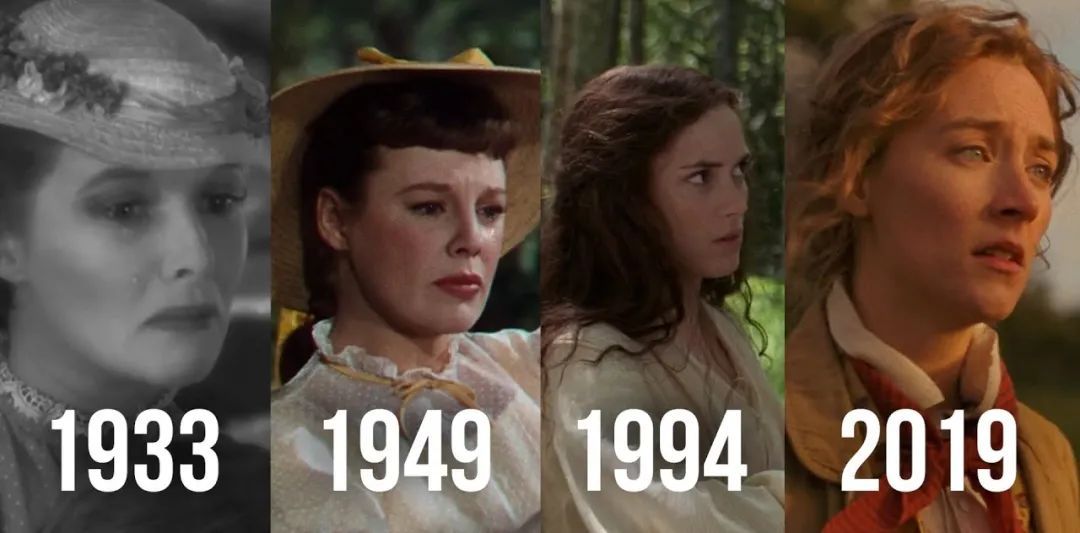
The story tells the different lives of four sisters in an ordinary family in New England during the American Civil War. The content is a completely female-led story, and the plot delicately depicts how women in the middle class broke through the secular world and bravely pursued independent life and inner emotions during the rising stage of capitalism. It has been more than 150 years since the novel was born, but in terms of content, the spiritual core of advocating women's independence is still very pioneering today.
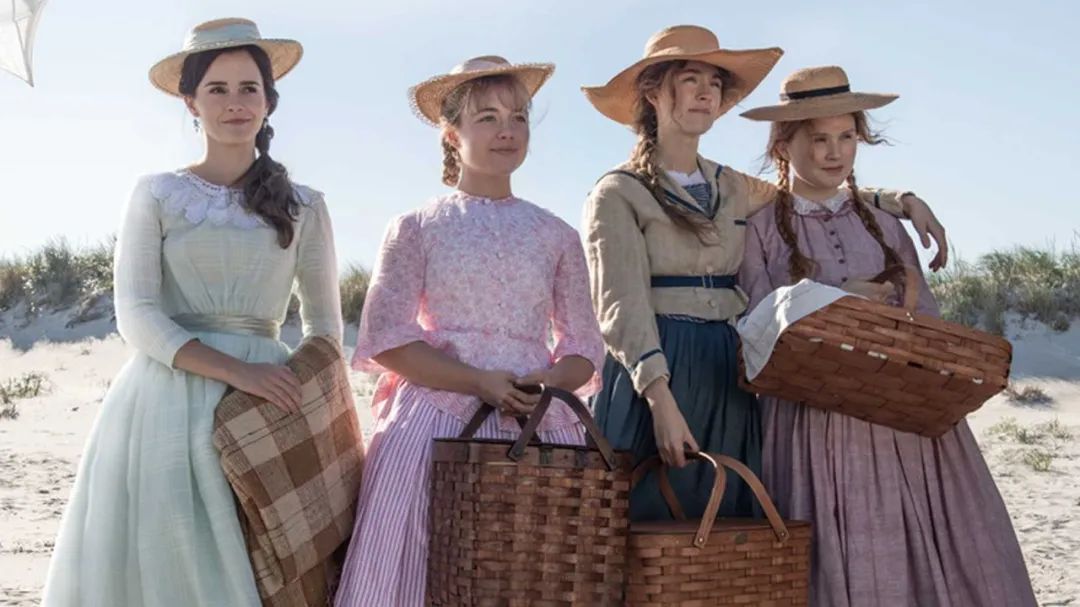
The mainland theaters were originally scheduled to be released on Valentine's Day this year, but unfortunately the sudden epidemic was finally withdrawn. In fact, this version of "Little Women" is not a pure love story, and the plot does not deliberately explore the emotional relationship of the characters, but chooses to project more shots on individuals and the inner emotions of the characters. If it hadn't been pulled, it would have been more appropriate to premiere on Women's Day.
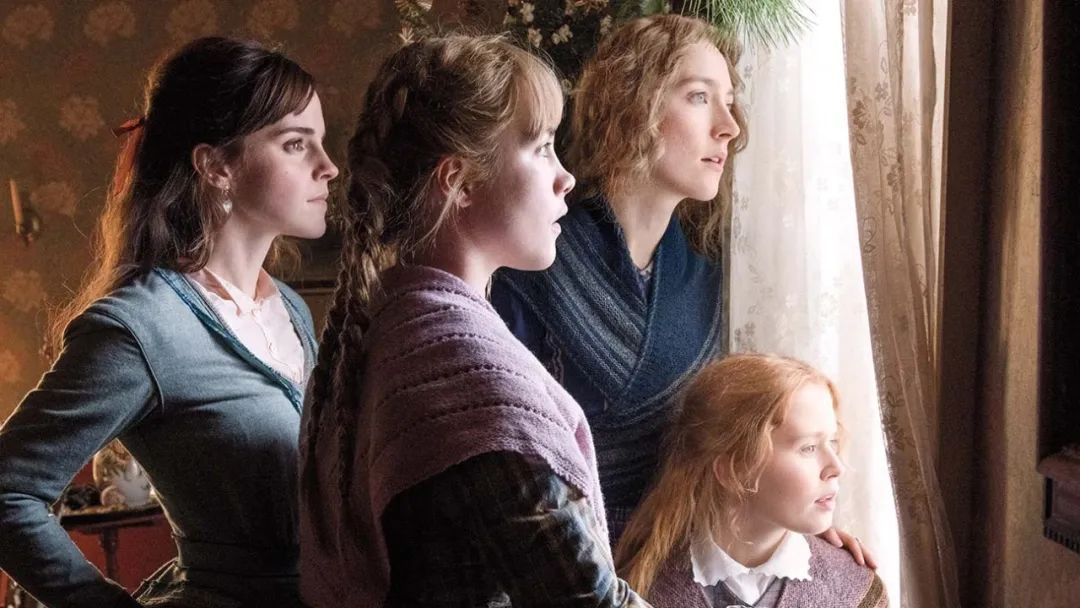
In a clip of the film about women's self-reliance and the concept of marriage, Jo, played by Saoirse Ronan, and Aunt March, played by Aunt Mei, are still commonplace in today's Chinese family scenes.

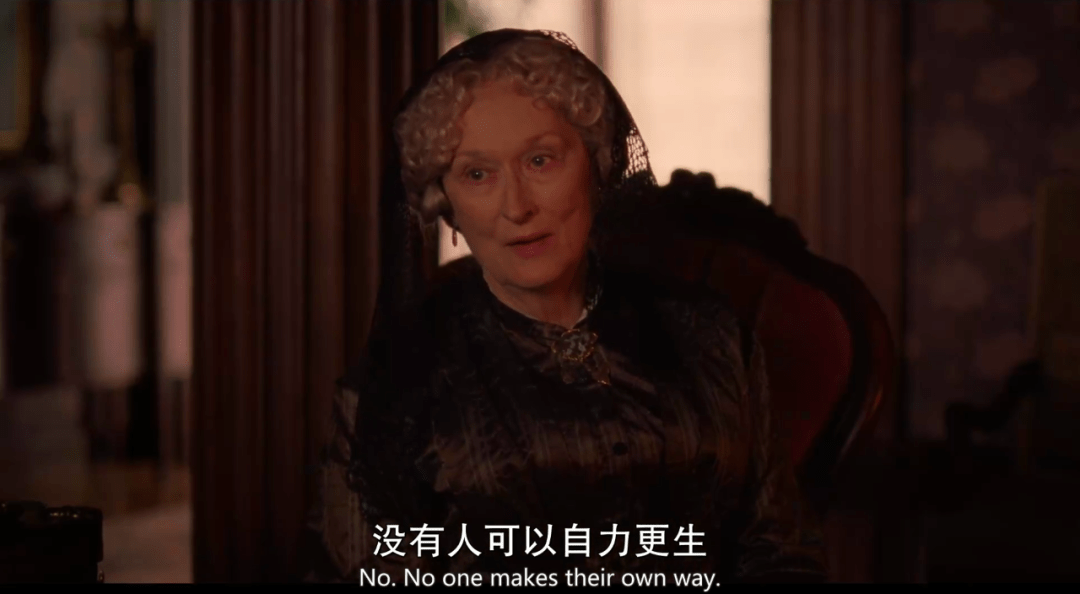

The original novel uses a classic narrative method, and the previous version of "Little Women" actually did not try to make more innovations in the narrative structure. On the contrary, this version of "Little Women" uses more innovative narrative techniques. For example, a nesting doll-style narrative is used, interspersed with parallel narratives and the combination of virtual and real to promote the development of the story.
In the movie, the second sister Jo can completely correspond to the author Louisa herself. From the very beginning, Jo pushed open the door of the publishing house to submit a manuscript, to writing the story of the four sisters in the attic, and then to the publication of the novel, the content extracted the "making tidbits" of how "Little Women" was born into a story frame. and unfold the plot within the frame.
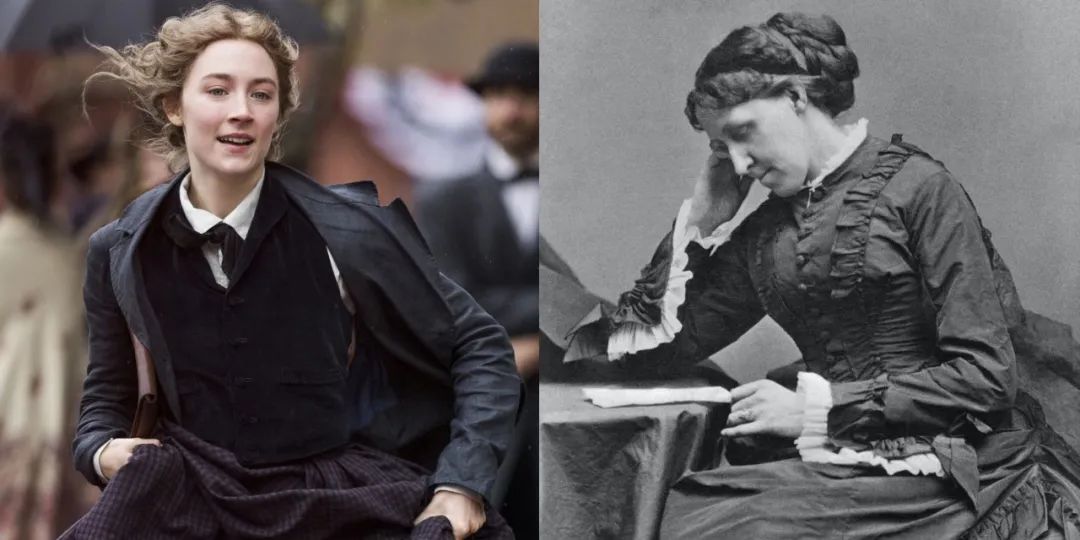
In terms of narrative innovation, scenes with intertwined reality and reality are also used. At the end, the plot of Jo recovering the professor in the rain is actually just a cliché plot that Jo rewrote to meet the publisher's request. The interspersed reality is also a joke and deconstruction of the routine of the bad street love story.
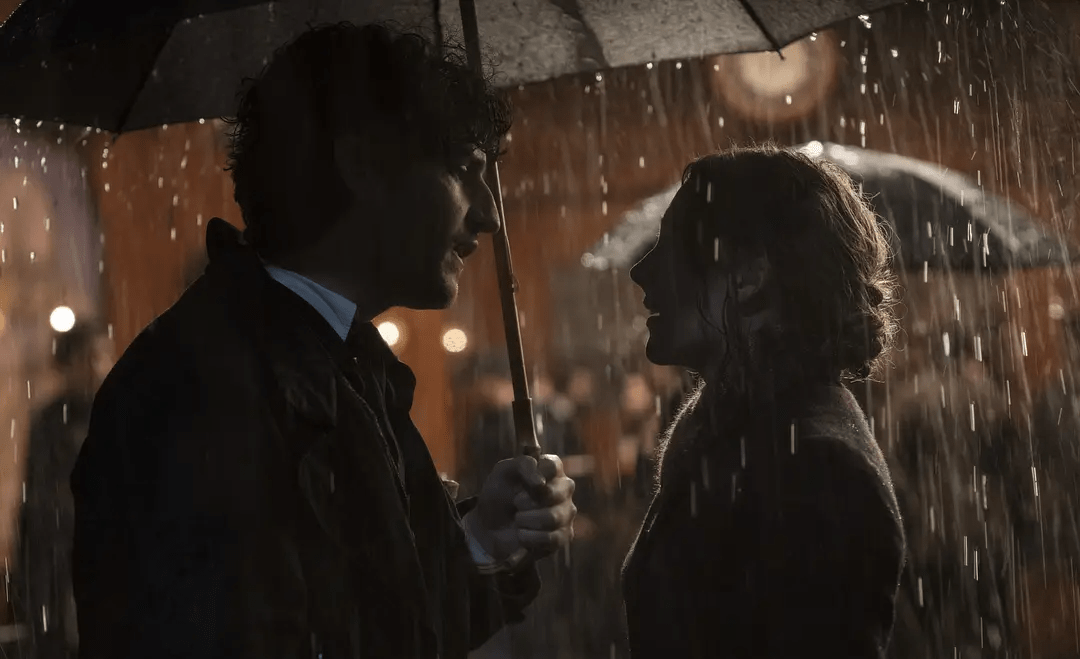
Secondly, the film breaks the logic of time development, and connects the present and the memories through the cross-parallel narrative of the current encounter and the memories of the youth, showing that the four girls have different growth paths due to their different personalities. And through the narrative method of growth and contrast, the characters are more plump in the shaping of their personalities.
The eldest sister Meg played by Emma Watson is gentle and virtuous, the second sister Jo is assertive and assertive, the youngest Beth is kind and demure, and the youngest Amy is self-willed and conceited. Among the four sisters, Jo and Amy have the biggest difference in concept, but their personalities in grasping horses are also very similar. The film focuses on these two people at length, and it also highlights the dramatic tension of the film through the contrast of the characters' personalities.
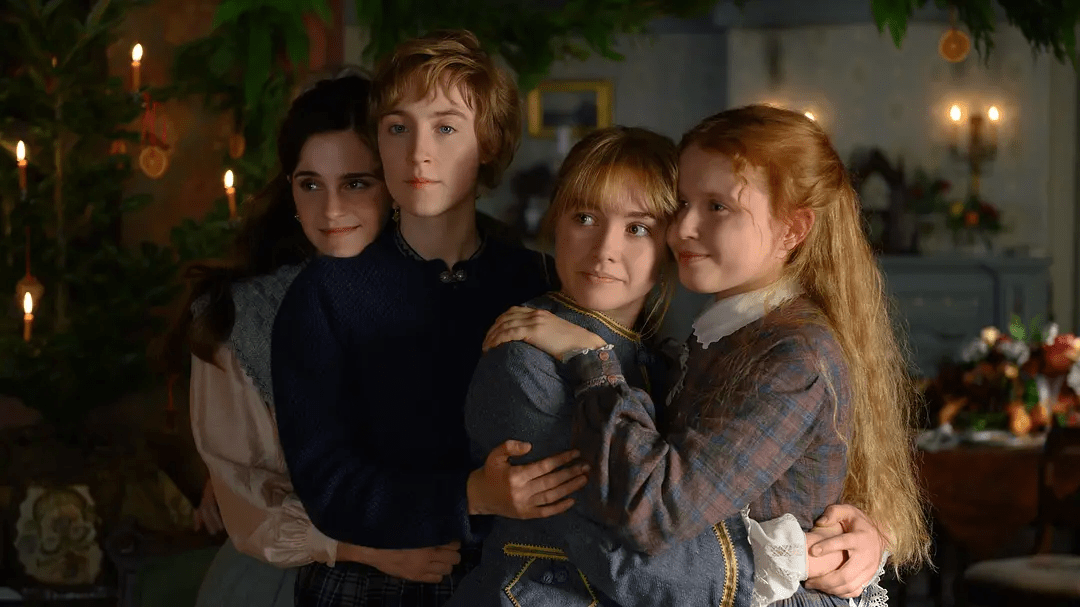
In fact, no matter Jo or Amy, the miniatures presented by the characters have great practical significance. True to herself, Jo ventures into New York City alone to pursue a writing career, and is dismissive of women's conventional marriage pursuits. Amy also has the courage to express herself, but she also makes no secret that a woman should marry a rich man so that her life can be guaranteed and quality.

But the story does not make clear criticism and criticism of the two sisters' distinct value pursuits. You can be an independent person who dominates your own life and insist on your unmarriage. Of course, choosing to marry a rich person is also a personal choice, and you don't have to care if others label you a money-worshipper.

In terms of character characterization, I did not fall into the so-called feminist film, to draw strong characters in a single moment. There should be a sharp personality, but it should not be taboo to show the vulnerable side of the characters, after all, this is the person.
For example, when Jo faced the professor's outspoken criticism of his work, since he couldn't listen to the honest words, he would go back. In the dialogue between the attic and her mother, Jo also expressed her desire to be loved and her inner loneliness. Similarly, Jo raised enough money for her mother to sell her long hair boldly, and she would cry and pity her long hair afterwards. In the characterization of Jo, we can fully see the handling style of Greta Gerwig in shaping the characters of "Miss Bird".
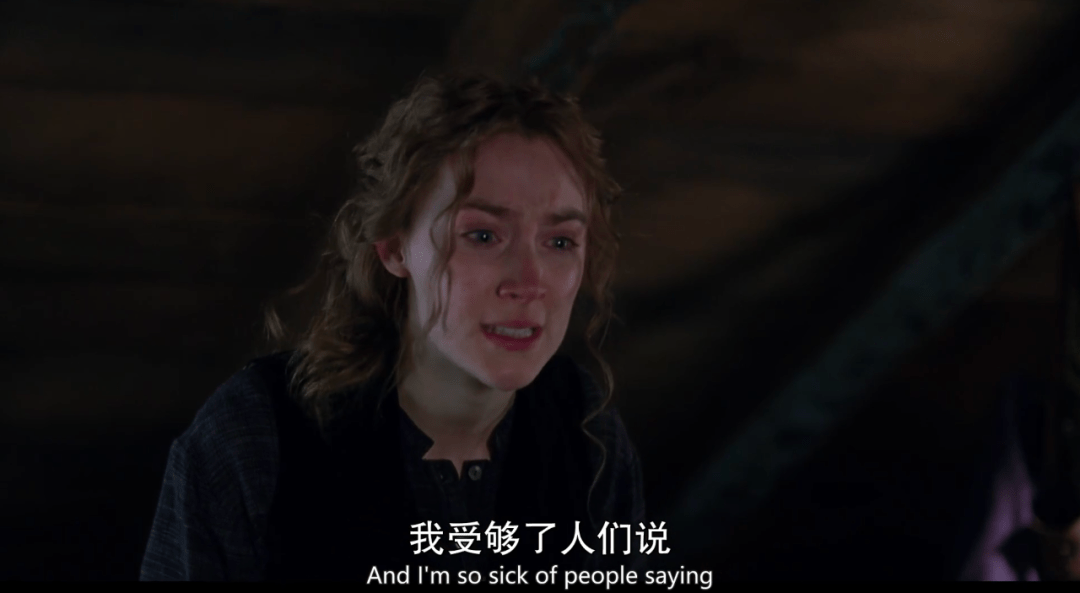


The avant-garde feminism of "Little Women" even predates Woolf and Beauvoir. But no matter how the film is remade, new things can always be read in different eras. But as far as the core is concerned, the story's depiction of the characters' pursuit, as well as the observation and thinking of the secular society, still have great social reference when moving to modern society.
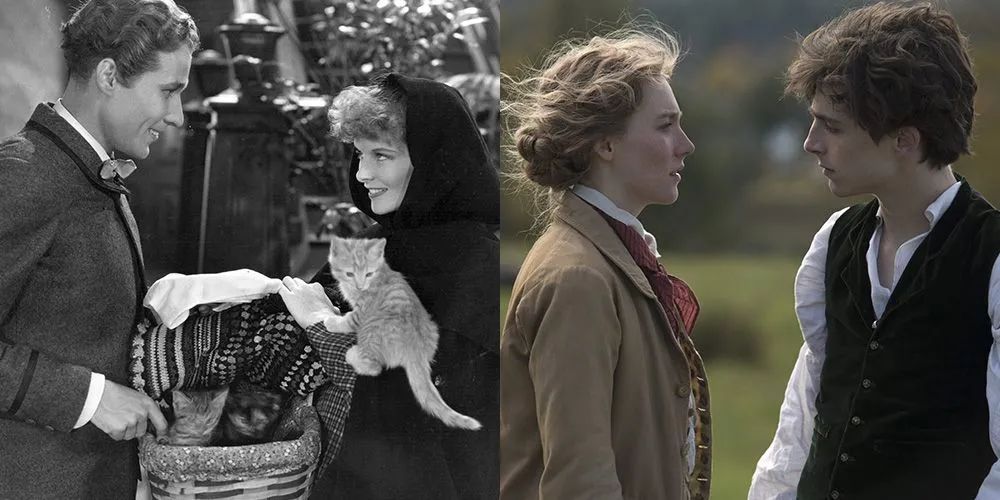
Little Women has been an extremely popular popular novel since its inception, and is still in print today. In addition, "Little Women" is a very close-to-the-people literary work, without too many fancy writing skills, and the rhetoric is approachable. It can also be easily digested by growing children who have little exposure to literary expressions. But it does not mean that this is a popular novel. For many intellectuals, "Little Women" is still a very important enlightenment reading.
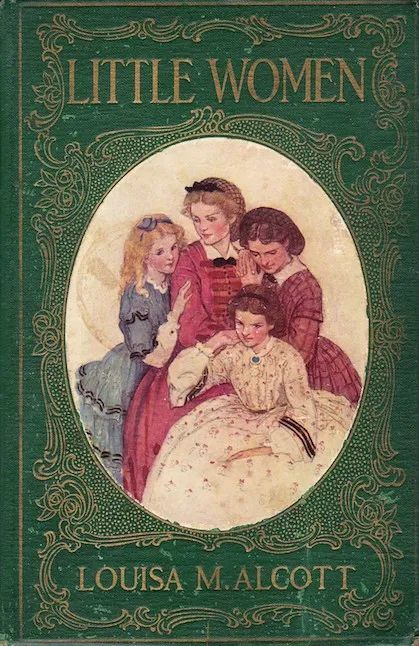
I still remember that in middle school, almost all the girls in the liberal arts class would read "Little Women". It's a bit of a pity for me who hadn't read the original book "Little Women". Through the plot of the movie, you can feel the different growth trajectories of the four girls, and you can more or less see the shadow of the growth of yourself or the people around you. I think I would highly recommend that all girls, even boys, who are still growing, should watch Little Women.
Like my work? Don't forget to support and clap, let me know that you are with me on the road of creation. Keep this enthusiasm together!
